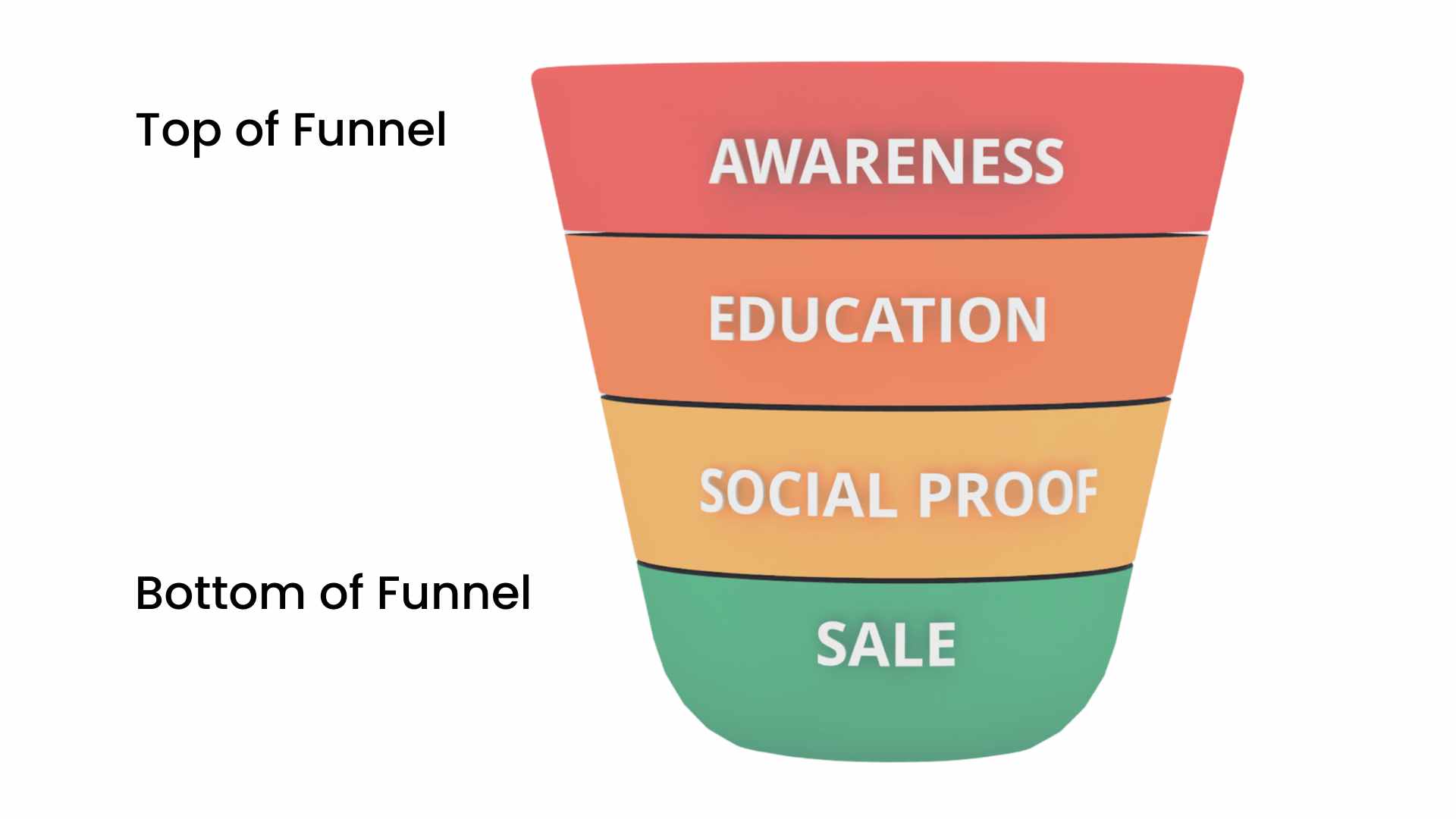Traffic, but No Sales or Leads
You've done all the hard work: launched a website, built a robust SEO and PPC strategy, and now you're starting to attract traffic... but you're not getting any sales or leads. You're not alone; I've been there too.
Today, I’m going to review six reasons why you may be getting traffic but no conversions.
1. Conversion Tracking Issues
It is possible for a website to receive traffic but not report any sales if conversion tracking hasn't been set up properly. Conversion tracking typically involves using a code or pixels from an analytics or advertising platform to keep track of when someone takes a desired action on your website, like making a purchase.
Why is Conversion Tracking Important?
Without proper tracking, you might be receiving plenty of traffic, but you won't be able to measure the number of conversions accurately. In other words, your ads might be performing well, but you wouldn't know it without conversion tracking in place.
Troubleshooting Tip:

Tools like Google Tag Assistant provide an easy way to check if conversion tracking is set up properly and running correctly.
2. Targeting Too Top of Funnel Keywords
Your website might be generating traffic but not getting sales if it's targeting keywords and searches that are too "top of funnel."
What are Top of Funnel Keywords?
Top of funnel searches typically focus on providing information about a product, service, or industry rather than leading directly to sales. For example, if you're a dentist targeting the keyword phrase "can candy cause toothaches?", people searching this are still in the information gathering phase and not ready to book an appointment.
Should You Avoid a Top of Funnel Strategy?
In my opinion, you should aim for a balanced, full-funnel approach by targeting both top of funnel and bottom of funnel keywords. Bottom of funnel keywords are more specific and indicate a readiness to purchase. But usually, there isn’t as much traffic for bottom of funnel keywords and they can be pretty competitive. An example of a bottom of funnel keyword is, "emergency 24/7 dental care". So if you go for a full-funnel approached, you can strike a balance between getting a lot of traffic (that could lead to future sales) and sales/leads (that are obviously necessary for your business)
3. Broken Website or Checkout Pages
This might sound like common sense, but many websites have elements that are broken. Maybe your buttons don't function, links are broken, images don't load properly, or your checkout process is too lengthy and complicated.
How to Identify and Fix These Issues:
-
Navigate your website as if you were a customer: Place a few test transactions.
-
Feedback Form: Consider having a feedback or "contact me" option prominently on your website. If a customer experiences an issue, they may notify you soon after.
-
Check bounce rate: Review the engagement or bounce rate by browser in your analytics platform to see if updates to your website's code have broken it for visitors using specific browsers.
4. Targeting the Wrong Audience
Your PPC and SEO content strategy might be targeting the wrong audience. For instance, if you're a software company that provides services to banks, targeting keywords like "credit card application process" will mainly attract consumers rather than potential banking clients.
How to Ensure You're Targeting the Right Audience:
-
Check search results: Search for the keywords you’re targeting to see if the Google search results align with your products or services.
-
Analyze user intent: Ensure the intent of the results page matches what you offer.
5. Lack of Trust Factors
Would you eat at a restaurant with no customer reviews and an empty parking lot? Probably not. Similarly, if your website lacks customer reviews and trust factors, visitors may be hesitant to make a purchase.
How to Build Trust:
-
Add trust factors: Show awards you've won, customer reviews, and testimonials. This is really important in local SEO.
-
Security assurances: Make sure customers feel their credit card information is safe. Would you make a purchase on a website you didn’t think was secure? No chance!
6. Too Many Choices
The paradox of choice occurs when customers face too many options and become overwhelmed, making it difficult for them to decide.
How to Simplify Choices:
-
Limit the number of items on display: Use filters and sorting tools.
-
Provide detailed product descriptions: Highlight benefits, not just features, to help customers easily navigate through options.
Summary
If you're experiencing a lot of traffic but not getting any conversions or sales, this can be a common issue for websites just starting out. By being aware of these common reasons and using the troubleshooting tips mentioned, you can significantly improve your conversion rates.
Stop Wasting Money Marketing Your Business Online
Join my email list to get your copy of the Online Marketing Jumpstart PDF!
We hate SPAM. We will never sell your information, for any reason.


